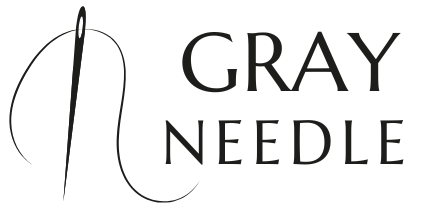Every sewing enthusiast knows that even the most reliable sewing machines can encounter issues from time to time. Understanding sewing machine troubleshooting tips is crucial for maintaining your machine’s performance and ensuring your projects stay on track. Whether you’re a beginner or a seasoned pro, knowing how to address common problems can save you time, frustration, and unnecessary costs.
It’s vital to recognize that many machine malfunctions are symptoms of larger issues, often stemming from improper maintenance or incorrect settings. From thread jams to skipped stitches, these challenges can disrupt your sewing flow. By familiarizing yourself with basic troubleshooting techniques, you can quickly identify problems and apply effective solutions.
To get you started on your journey toward mastering your machine, we invite you to visit our website to learn more and get started today! Click here. Engaging with our community of sewing enthusiasts can provide you with invaluable insights, tips, and support as you navigate through your sewing adventures.
Common Sewing Machine Problems and Solutions
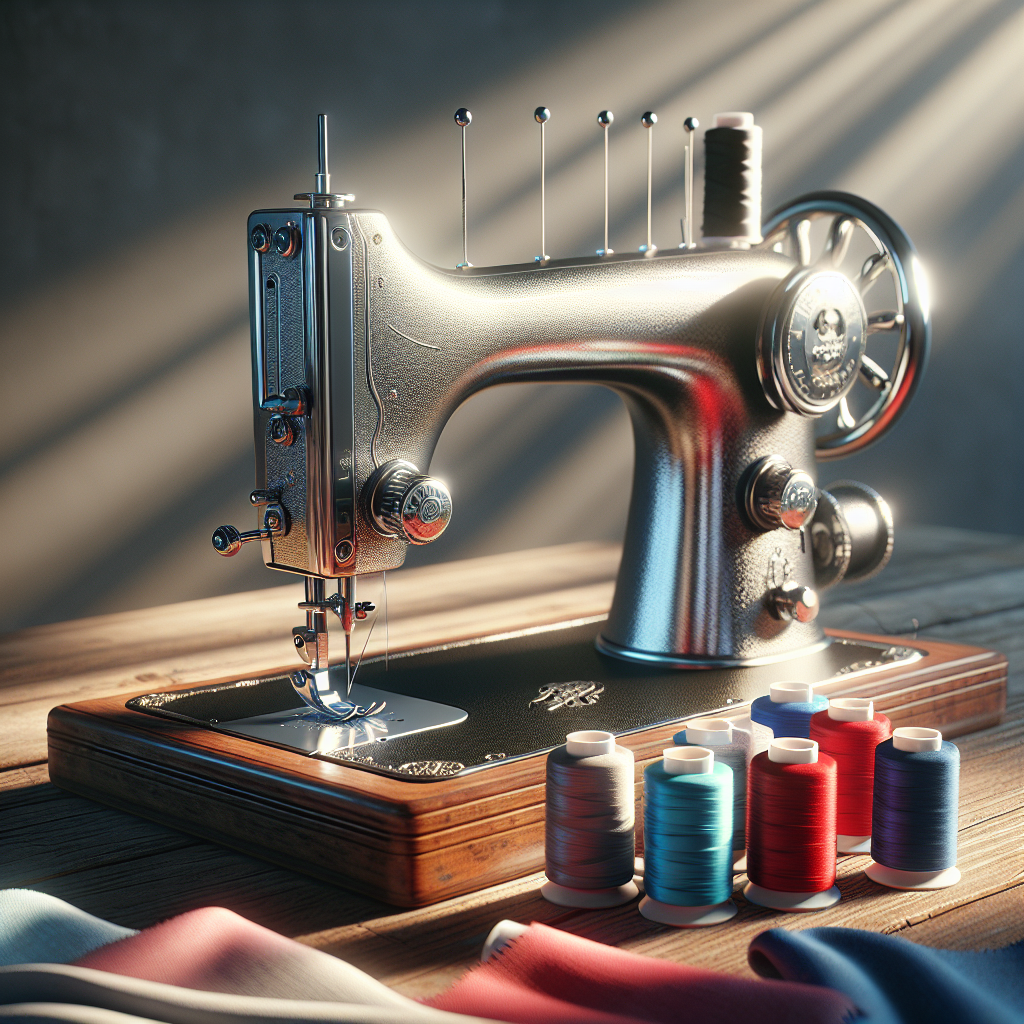
Understanding the most common sewing machine problems can help you address issues swiftly and efficiently. Here are some frequent challenges sewers face, along with their solutions:
- Thread Jams: One of the most frustrating issues is a thread jam. This can occur if the thread is wound too tightly on the bobbin or if the machine is threaded incorrectly. To fix this, turn off the machine, gently remove the fabric, and check for any tangled threads. Rethread your machine, ensuring that the thread path is clear.
- Skipped Stitches: If your sewing machine is skipping stitches, it may be due to a dull needle or incorrect needle type. Replace the needle with a new one that is suitable for your fabric type. Additionally, ensure that the needle is inserted correctly and that the thread tension is adjusted properly.
- Unusual Noises: If your machine starts making strange noises, it could be due to a lack of lubrication or a foreign object lodged in the mechanism. Check for any obstructions and oil the moving parts according to the manufacturer’s instructions.
- Fabric Not Feeding: If your fabric is not feeding through the machine, the feed dogs may be lowered or dirty. Make sure they are raised and clean, and adjust the presser foot pressure if necessary.
By being aware of these common issues, you can troubleshoot effectively and keep your sewing projects moving forward.
How to Diagnose Sewing Machine Issues Effectively
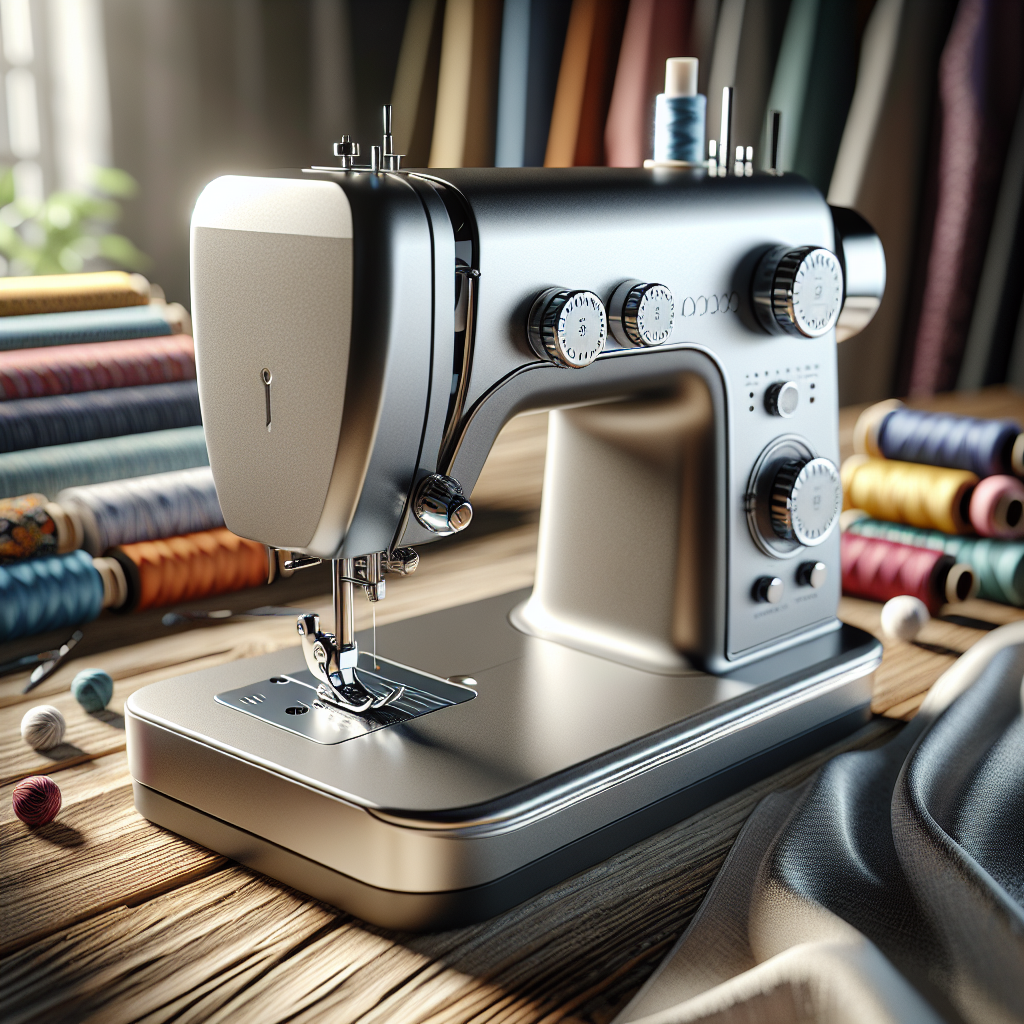
Diagnosing sewing machine issues can seem daunting, but with a systematic approach, you can identify and resolve problems effectively. Here’s how:
- Visual Inspection: Start with a thorough visual inspection of your sewing machine. Look for signs of wear, loose threads, or any debris that might be causing the problem. Pay special attention to the needle, bobbin area, and thread path.
- Check the Manual: Every machine comes with a manual that includes troubleshooting tips tailored to specific models. Consult your manual for guidance on common issues and their solutions.
- Test Stitching: Run a test stitch on a scrap piece of fabric. Observe the stitching closely. Is it even? Are there any skipped stitches or puckering? This can help you pinpoint if the issue is related to tension, needle type, or threading.
- Evaluate Tension Settings: Adjust the tension settings while testing your stitches. If the tension is too tight or loose, it can lead to various issues, including thread breakage and uneven stitches.
- Listen for Sounds: Pay attention to the sounds your machine makes while sewing. Unusual noises can indicate internal problems. If you hear grinding or clunking, it might be time for professional servicing.
By following these steps, you can effectively diagnose sewing machine issues, ensuring that you can get back to creating beautiful projects in no time.
Preventative Maintenance for Your Sewing Machine
Ensuring your sewing machine remains in optimal condition requires regular preventative maintenance. This not only prolongs the life of your machine but also enhances its performance. Here are key maintenance tips to keep in mind:
- Regular Cleaning: Dust and lint can accumulate in your sewing machine, causing issues over time. After every few projects, remove the needle plate and clean the feed dogs and bobbin area using a soft brush. This helps prevent thread jams and ensures smooth operation.
- Oil the Machine: Consult your sewing machine manual for specific oiling instructions. Typically, you should oil the machine after every 20 hours of sewing or every few projects. Use only the recommended sewing machine oil to avoid damage.
- Change Needles Frequently: A dull or damaged needle can lead to skipped stitches and fabric damage. Make it a habit to change the needle after every project or at least every 8 hours of sewing.
- Check Thread Quality: Always use high-quality thread suitable for your fabric type. Low-quality thread can break easily, causing frustration and potential machine damage.
- Store Properly: When not in use, cover your sewing machine with a dust cover to protect it from dust and debris. If possible, keep it in a climate-controlled environment to prevent moisture damage.
By incorporating these preventative maintenance practices into your routine, you can ensure that your sewing machine remains reliable and ready for your next sewing adventure.
When to Seek Professional Sewing Machine Repair
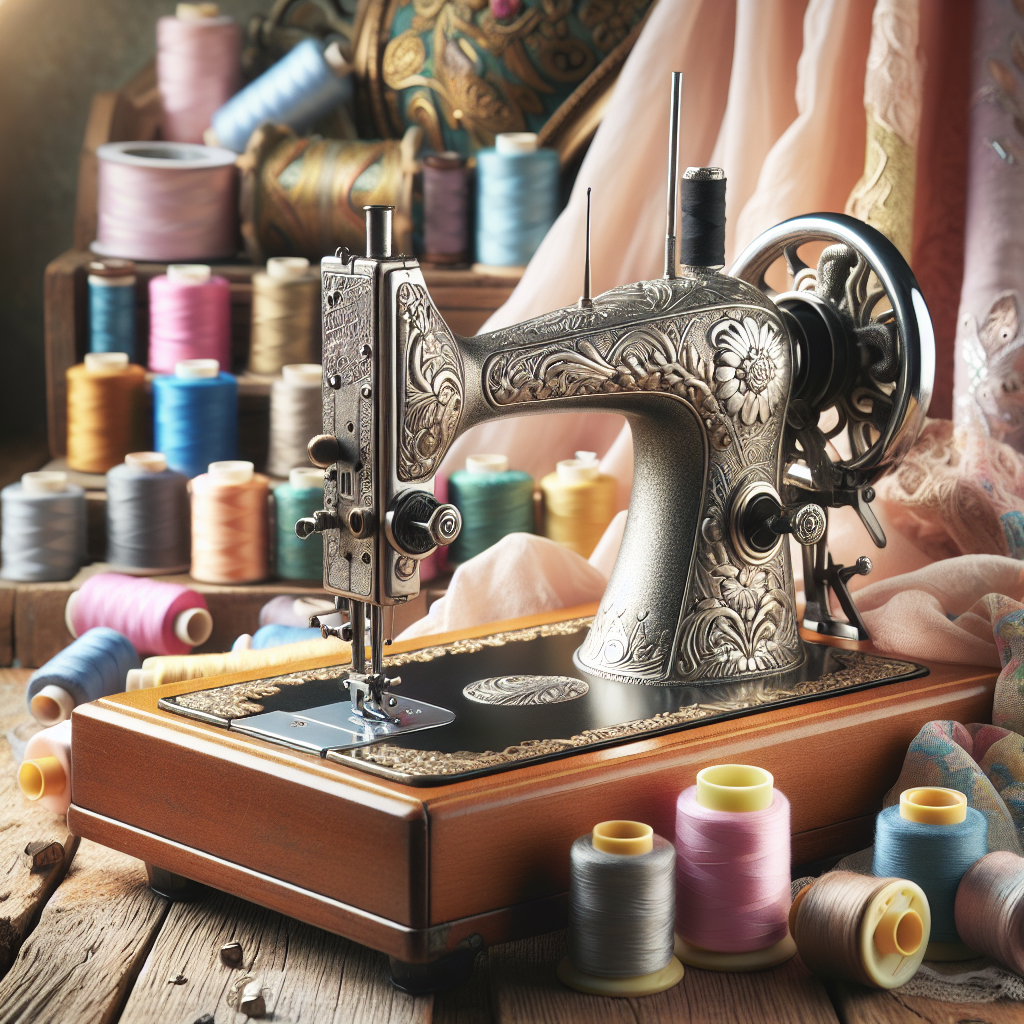
Even with diligent maintenance, there are times when your sewing machine may encounter issues that require professional attention. Recognizing these signs early can save you time and money in the long run. Here are some situations when you should consider seeking professional sewing machine repair:
- Unusual Noises: If your machine starts making strange sounds, such as grinding or clunking, it could indicate internal problems. This might be due to misaligned parts or a lack of lubrication, and should not be ignored.
- Frequent Thread Breakage: While changing needles and using quality thread can help, consistent thread breakage is often a sign of deeper mechanical issues. A technician can diagnose whether the problem lies in the tension system or the machine’s timing.
- Stitch Quality Issues: If you notice skipped stitches, uneven tension, or inconsistent stitch length despite adjustments, it might be time to consult a professional. These issues can stem from mechanical wear or misalignment that requires expert repair.
- Electrical Problems: If your machine fails to start or display lights, the issue may be electrical. Avoid attempting to fix electrical components yourself; instead, seek professional help to ensure safety and proper repairs.
- Age of the Machine: Older machines may require more extensive repairs or part replacements. If your machine is aging and experiencing multiple issues, a professional evaluation can help determine whether repair or replacement is the best option.
Addressing these concerns with a professional can restore your sewing machine’s functionality and keep your projects on track.
Final Thoughts on Sewing Machine Troubleshooting
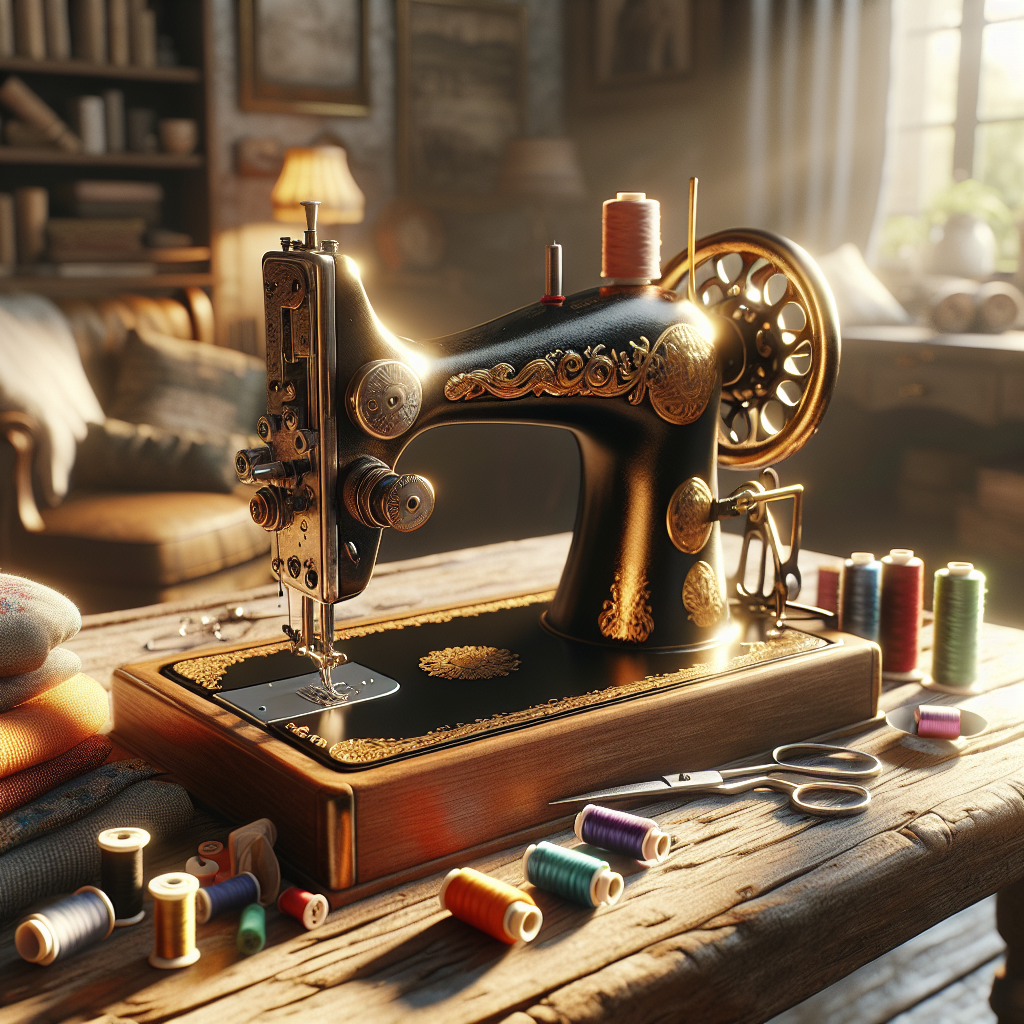
Maintaining a well-functioning sewing machine is crucial for any sewing enthusiast. By understanding the common issues that arise and implementing effective sewing machine troubleshooting tips, you can enhance your sewing experience and ensure that your projects progress smoothly. Remember, regular maintenance is key; keep your machine clean, properly oiled, and stored in a safe environment to prevent unnecessary problems.
Should you encounter challenges that seem beyond your control, don’t hesitate to seek professional assistance. Knowing when to call in an expert can save you time and frustration, allowing you to focus on your creativity. Whether it’s a simple fix or a more complex repair, addressing issues promptly will keep your machine in top shape.
For all your sewing needs, consider joining our vibrant community at GrayNeedle.com, where you can find an array of resources, tips, and support from fellow sewing enthusiasts. Visit our website to learn more and get started today! Click here.
